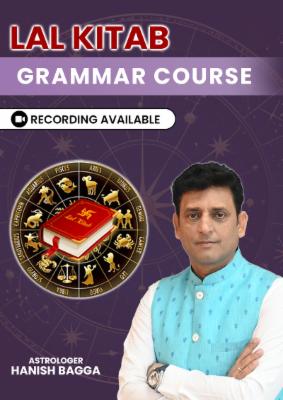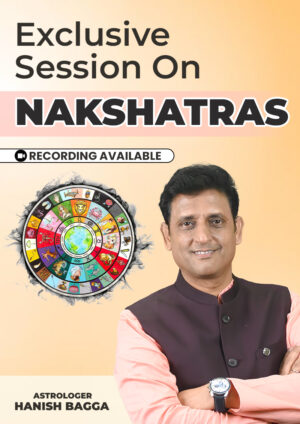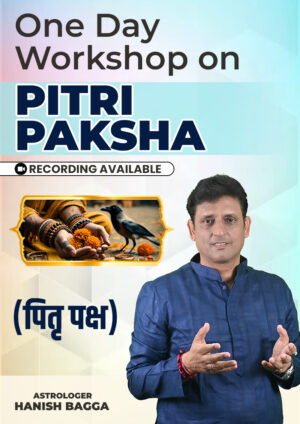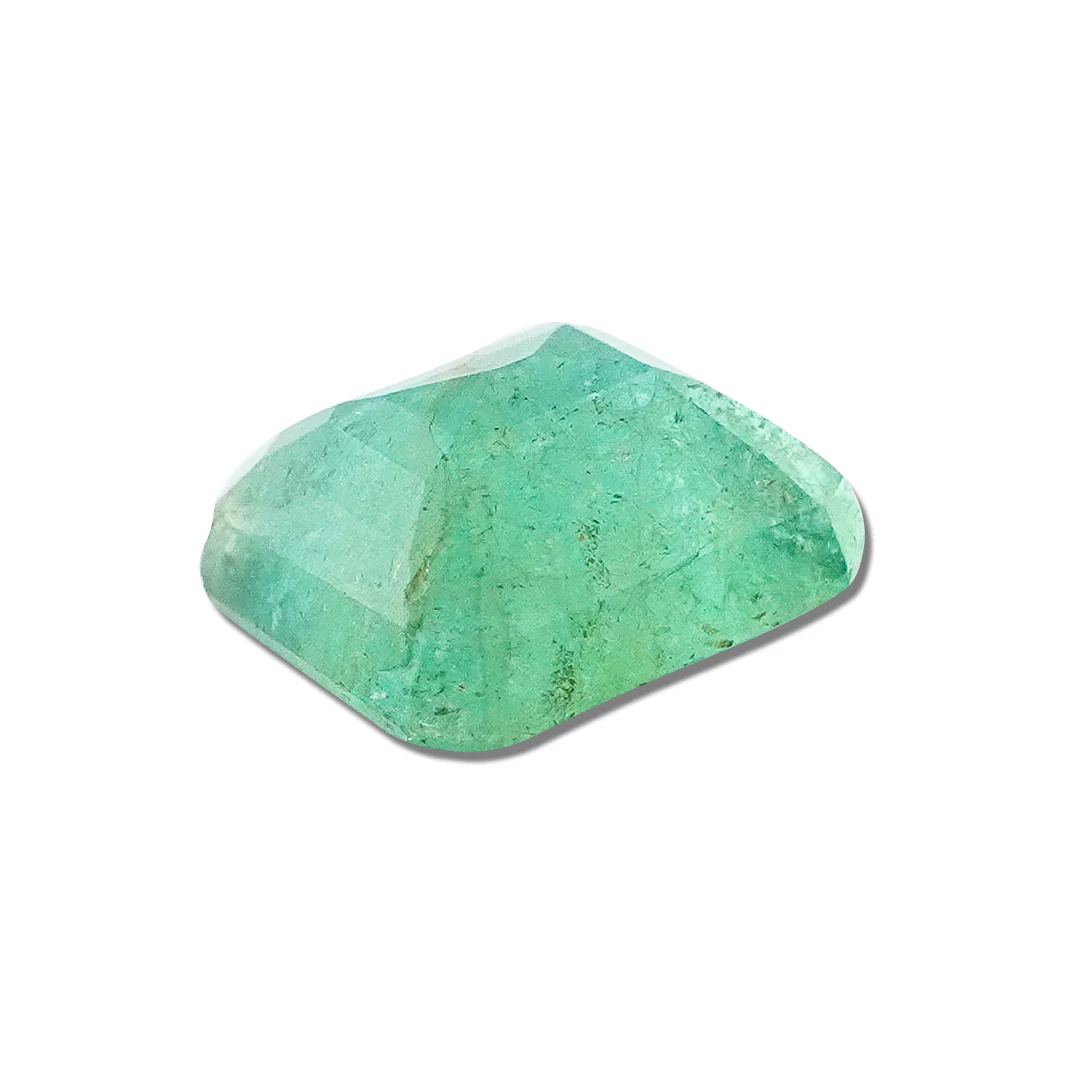Introduction to Peacock Feathers and Rahu
Have you ever marveled at the iridescent beauty of a peacock feather? Or perhaps you’ve heard whispers about its mystical connection to Rahu, the celestial dragon of Hindu astrology? Welcome to the fascinating world where ancient beliefs meet modern living spaces. In this article, we’ll explore the intriguing relationship between peacock feathers, Rahu, and the principles of Vastu Shastra. Buckle up for a journey that bridges myth and reality, as we unravel the supposed magic behind these vibrant plumes.
The Mythological Connection
Peacocks in Hindu Mythology
Let’s start our adventure in the realm of Hindu mythology. Peacocks aren’t just beautiful birds; they’re celestial creatures with deep symbolic meaning. Did you know that the peacock is the vahana (mount) of Lord Kartikeya, the god of war? It’s also closely associated with Lord Krishna, who adorns his crown with peacock feathers. These connections give peacock feathers a divine status in Hindu culture.
Rahu: The Celestial Dragon
Now, enter Rahu – the mysterious celestial dragon. In Hindu astrology, Rahu is considered a shadow planet, often associated with confusion, illusion, and material desires. But here’s where it gets interesting: Rahu is said to fear peacocks! This cosmic tension between Rahu and peacocks forms the basis of many beliefs surrounding peacock feathers.
Vastu Shastra and Peacock Feathers
Basic Principles of Vastu
Before we dive deeper, let’s touch base with Vastu Shastra. This ancient Indian science of architecture aims to create harmony between humans and their living spaces. It’s all about balancing energies – and this is where peacock feathers come into play.
Significance of Peacock Feathers in Vastu
In Vastu, peacock feathers are considered powerful tools for energy manipulation. They’re believed to absorb negative energies and promote positivity. But is it all just colorful superstition, or is there more to it?
Believed Benefits of Peacock Feathers
Warding Off Negative Energy
Many Vastu practitioners swear by the power of peacock feathers to ward off evil eyes and negative vibrations. It’s like having a spiritual bodyguard in your home!
Enhancing Prosperity and Luck
Who doesn’t want a little extra luck? Peacock feathers are thought to invite Lady Luck into your abode, potentially boosting your financial prospects.
Improving Relationships
Believe it or not, these feathers are also said to have a positive impact on relationships. They’re thought to bring harmony and understanding among family members.
Scientific Perspective on Peacock Feathers
Structural Properties
Let’s put on our science hats for a moment. Peacock feathers have unique structural properties that create their vibrant colors through light refraction, not pigmentation. Could this play a role in their supposed energy-altering abilities?
Psychological Effects
There’s also the psychological aspect to consider. The beauty of peacock feathers can have a calming effect, potentially reducing stress and promoting well-being. Is this the real magic at work?
Placement of Peacock Feathers in Home
Living Room
The living room is often considered the heart of the home. Placing peacock feathers here is said to create a welcoming atmosphere and protect against negative energies from visitors.
Bedroom
In the bedroom, peacock feathers are believed to promote harmony between couples and ensure restful sleep. But remember, moderation is key – too many feathers might overwhelm the space.
Study or Office
For those seeking a boost in their career or studies, placing a peacock feather in your workspace might just do the trick. It’s said to enhance focus and creativity.
Dos and Don’ts of Using Peacock Feathers
While peacock feathers are considered auspicious, there are some guidelines to follow. Do keep them clean and replace them when they start to look worn. Don’t place them in the kitchen or bathroom, as these areas are considered unsuitable in Vastu.
Addressing Skepticism and Controversy
It’s important to acknowledge that not everyone believes in the power of peacock feathers. Some view it as superstition, while others raise ethical concerns about the sourcing of these feathers. It’s always good to approach these beliefs with an open but critical mind.
Personal Experiences and Testimonials
Many people swear by the positive changes they’ve experienced after incorporating peacock feathers into their homes. From improved relationships to unexpected windfalls, the anecdotes are numerous. But remember, personal experiences can be subjective.
Conclusion About Peacock Feathers and Rahu
So, are peacock feathers truly magical Vastu tools that can ward off Rahu’s influence and bring positive change to our lives? Or are they simply beautiful decorative items with a rich cultural history? The answer might lie somewhere in between. While scientific evidence for their mystical properties is lacking, the psychological benefits of believing in their power shouldn’t be discounted. Whether you’re a firm believer or a curious skeptic, there’s no denying the aesthetic appeal and cultural significance of these magnificent feathers. Why not give them a try and see if they add a touch of magic to your home?
Read Also : What Do Retrograde Planets Reveal About Your Past, Present, and Future?
FAQs To Peacock Feathers and Rahu
- Are peacock feathers bad luck in some cultures?
While peacock feathers are considered auspicious in many cultures, some Western superstitions associate them with bad luck. It’s always good to respect diverse cultural beliefs.
- Can I use artificial peacock feathers for Vastu purposes?
Vastu purists often recommend natural feathers, but artificial ones can be a more ethical choice. The key is your intention and belief.
- How often should I replace peacock feathers in my home?
It’s advisable to replace them when they start looking dusty or damaged, typically every 6-12 months.
- Is it legal to own peacock feathers?
In most countries, it’s legal to own peacock feathers that have been naturally molted. However, always check local regulations.
- Can peacock feathers really absorb negative energy?
While there’s no scientific evidence for this, many people report feeling a positive change. It could be due to the placebo effect or the feathers’ natural beauty promoting a sense of well-being.


















